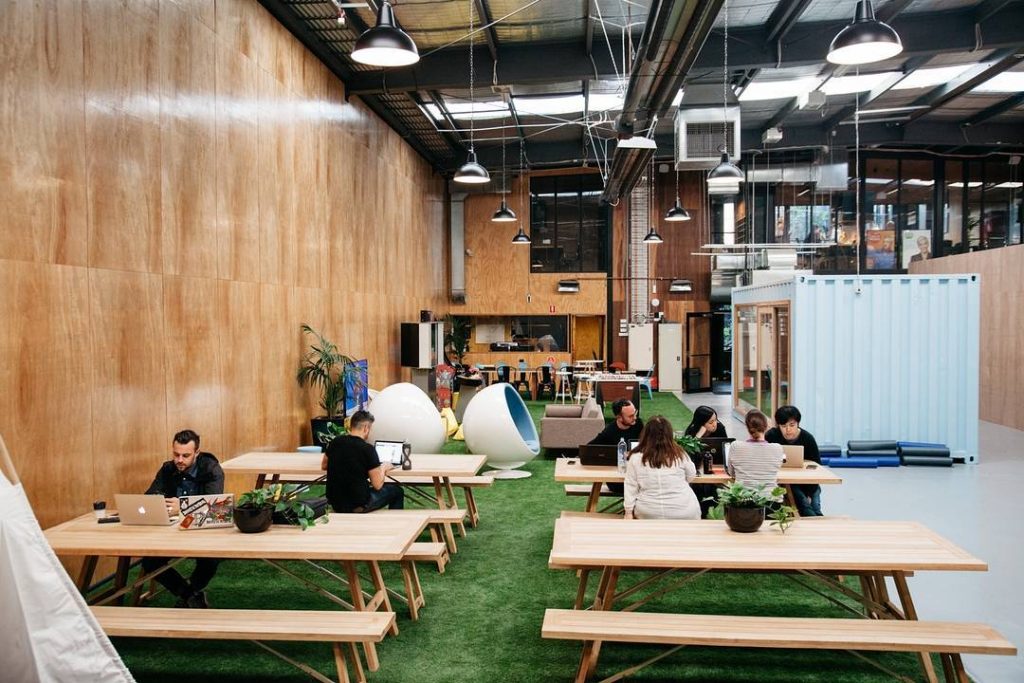
Landlords are looking to nonconventional retail services to fill up emtpy malls. (Source: coworkingspacedubai)
The integration of technology in retailing is gradually shaping consumers’ shopping behavior in Vietnam. The growing popularity and convenience of online shopping is changing traditional shopping patterns and contributing to the migration from physical stores to the online platform.
According to JLL's Q4 2018 report, the total supply of retail market in Ho Chi Minh City and Hanoi reached approx. 2 million square meters with the occupancy rate reaching 89.7% and 88.1%, respectively. Wishing to fill vacant space and increase customer traffic, many shopping center developers have been considering bringing in nonconventional tenants as an effective solution.
Setting up a co-working, education and fitness space in a retail property provides users a fun, yet functional space with great accessibility, ample parking, and value-add amenities like shopping, food and beverages, and other entertainment services. On the flip-side, these tenants can attract thousands daily traffic, a great source of potential shoppers, and have a stable master lease that is typically five to 10 years, which is a great opportunity to retain customers.
JLL recorded an increasing demand of non-retail businesses in HCMC, from large centers occupying a few thousand square meters to smaller ones, filling about 500 square meters of retail space. Properties that add a tenant with a strong brand can attract a steady footfall with thousands of members funneling in and out their doors.
Most likely, those people are going to be potential customers to retailers– either a quick bite at a food and beverage outlet, shopping for a last-minute gift or the newest technology. There are infinite opportunities to keep this type of shoppers in the space.
Stephen Wyatt, Country Head of JLL Vietnam, comments: “For the current generation of workers, especially Millennials, the traditional 9-to-5 routine is slowly turning into work-life integration. Thus, malls become an ideal location for non-conventional spaces, where you can easily access a young professional community, go shopping, study a foreign language and attend a quick yoga class all in a matter of a few footsteps.
Before 2016, mall operators tend to prioritize big retail brands as key tenants, as a way to add value to the project. Currently, landlords’ strategy has somewhat changed as non-retail service providers now promise to bring them great benefits; with this segment’s ability to fill areas on higher floors or more secluded in a commercial centre.
In addition, they have one big factor working in their favor: fitness, co-working and education are categories that cannot easily shift en masse online anytime soon. Investors putting in a nominal investment in a vacant space to adapt it for a non-retail tenant can create long-term interest and occupied space.
“We anticipate that this will be one of the key trends over the next ten years, retail podiums throughout the city will need to re-position themselves to remain attractive in this fast-moving and dynamic sector. Failure to adapt and remain present will undoubtedly lead to high vacancy levels,” concluded Stephen.

















